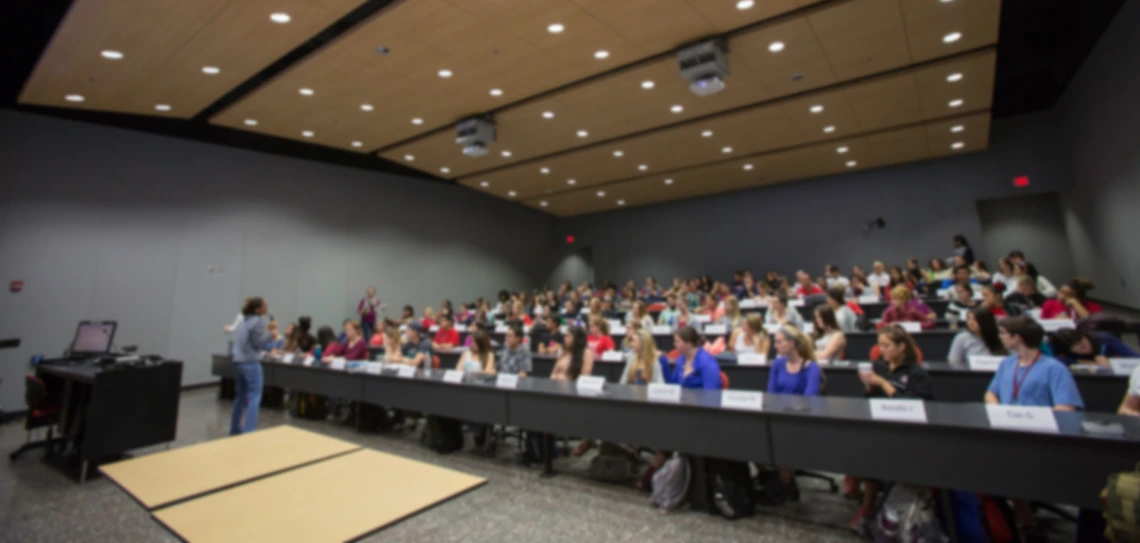Building the Future of Learning Spaces at The University

Technology support for instruction at the University of Arizona has evolved. Classroom Technology Services (CTS) now consists of five interconnected support teams along with a classroom design and build team. This department now offers support for academic areas across the state. Originally responsible for about 250 centrally scheduled classrooms on the main campus, CTS now supports approximately 800 rooms in Tucson, the Colleges of Medicine in Tucson and Phoenix, and satellite locations from Sierra Vista to Yuma—including unique environments like a classroom at the College of Engineering’s San Xavier mine. This expansion is part of a university-wide effort to centralize services aimed at delivering a consistent, high-quality teaching experience that was previously diverse across all locations.
A significant part of this change comes from bringing classroom integration in-house. By designing and building spaces themselves, the classroom technology services team avoids the complexity and high service costs of third-party systems. “We’re saving the university lots of money just by doing our own in-house labor,” notes the classroom design and build team’s manager, Daniel Garcia. He explains that the systems are also built in collaboration with current support staff, who can maintain them without relying on expensive external vendors. Faculty benefit from a standardized setup, and in the near future, CTS will offer a centralized ServiceNow site and a central phone number that routes them quickly to the right help, replacing a patchwork of contacts that may have delayed support in the past.
The unit’s approach blends technical expertise with a focus on usability. Every classroom the team is building features standardized equipment and controls to help provide a consistent experience for users across the university. As technology transitions from HDMI to USB-C and wireless presentation, the design and build team is testing solutions that accommodate both legacy and modern devices. Wireless options, in particular, open new teaching possibilities, such as instructors moving freely with an iPad while projecting their work. “The challenge is finding something that works for the newest devices while still supporting older setups,” explains Daniel.
Behind the technology is a highly collaborative effort involving the classroom technology support teams, facilities crews, carpenters, electricians, telecom specialists, and network engineers. With only three design and build staff supporting the transformation of classrooms across the state, coordination is essential. Pre-semester demos allow instructors to test their equipment and get comfortable with the space, reducing first-day stress. From simple button panels to advanced touchscreens with camera controls, the team aims to create adaptable, reliable classrooms that support every teaching style. In doing so, Classroom Technology Services is quietly shaping the future of how and where the University of Arizona teaches, ensuring that every learning space, no matter the location, is prepared for what’s next.

